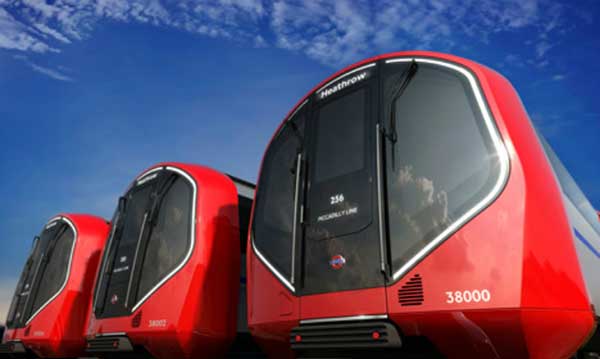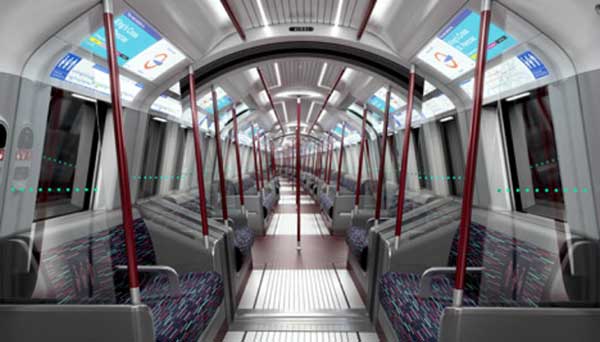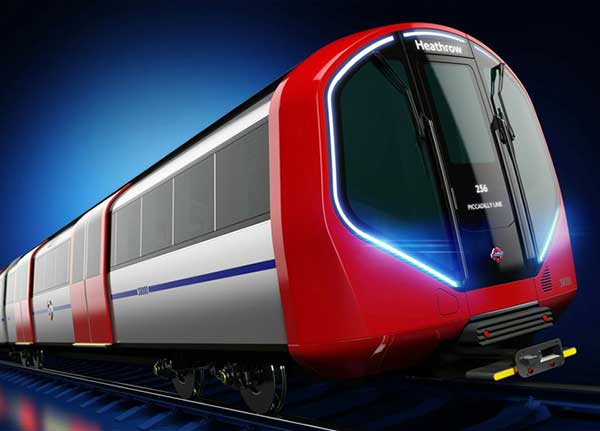London Underground New Tube Train: Putting Design Thinking into Action
As one of the pioneer countries that established design strategy and focus on design thinking, United Kingdom always tries to maintain the British value in all its infrastructure projects such as the London Taxi and underground tube train. While UK tries to develop its transportation to meet with the contemporary life requirement, one of its main criteria is the keep the style of old British design.
This criteria makes it even more hard for designers to innovate especially for project such as the London Underground. The London-based company, Priestmangoode, is working to design the future of underground train known as the Tube train for a contract that worth £16 billion.
The New Tube Train of London will be the first driverless train equipped with Wi-Fi and air conditions. The new train is expected to start working by the middle of 2020 on limited number of stations (Piccadilly, Central, Bakerloo and Waterloo).
As the new train will be implemented few years from now, the designers have to consider the current and future expected problems during the design process, “London may well go up again twice in size, so you have to think about how these trains will evolve,” says Paul Priestman, director at PriestmanGoode.

The design thinking behind London Underground new train
Paul Priestman highlighted number of challenges that lead to the new design. The increasing number of the train commuters and the exiting unchanged tunnels and stations put more load the train design to solve the increasing number of passengers.
The intensive usability study and design thinking leads to number of unique design points that are implemented in the design such as:
- Remove the gap between carriages to allow easy movement between them which will help having balanced number of passengers in each carriage.
- The carriage is shorter than before with more carriages in the train to increase the number of open doors on the station and reduce the bottleneck jam on each door.

- The doors are designed to be larger for easy getting in and out from the train in shorter time. This door size was hard to achieve in the old train because it affects the strength of the heavy metal. Currently, the lightweight materials like aluminum make this applicable.
- The floor-to-ceiling handrails re tilt outward from the top part to give more space for the passenger heads and body to stand comfortably.
- The interior design of the train tries to maintain the old style of the London Underground with keeping the grey colors and fabric seats. As Priestman stated the seats should be look like a jail steel seats as it appears in different trains such as Hong Kong metro station.

The interior is surrounded with LED light that warns the passengers when the door is open or close. Additionally, the curved part of the ceiling includes screens that present information about the stations and advertisements.
As the train is a driverless the front part is surrounded with strip of curved LED light that indicate if the train is moving forward or backward. Also, it includes a door for emergency evacuation.
The design thinking behind the London New Tube Train started by observing and evaluation the consumer problems and needs, these information can provide the designer with a clear vision about what the end consumer needs and who to achieve it within the course of the UK design strategy and maintaining the original style of the UK design values.






